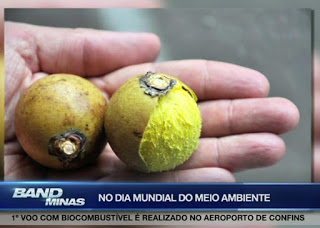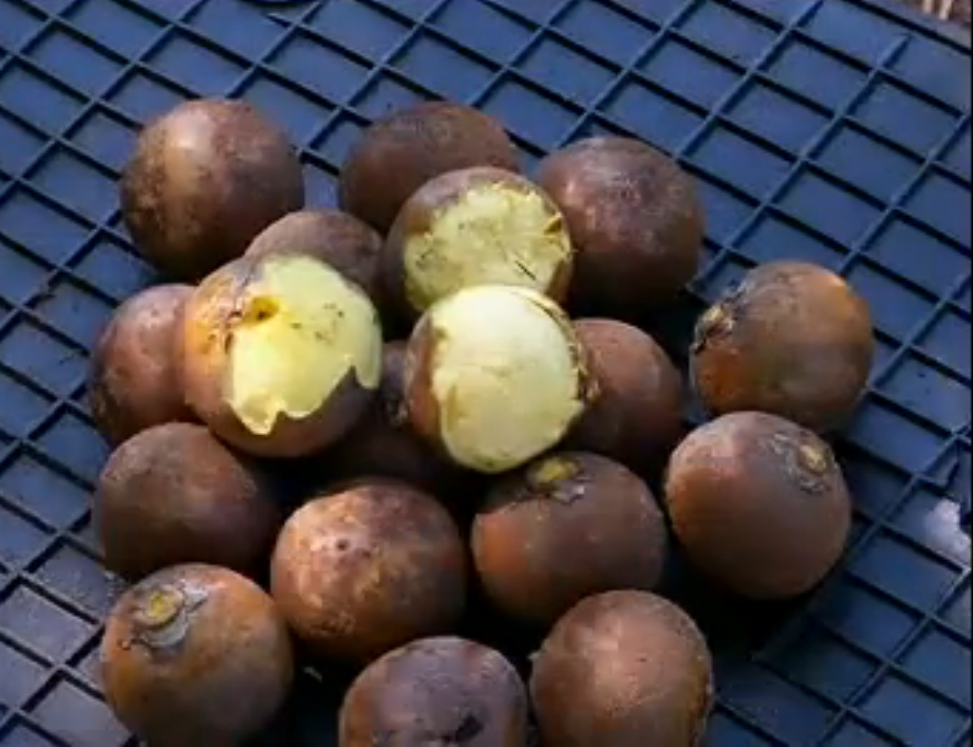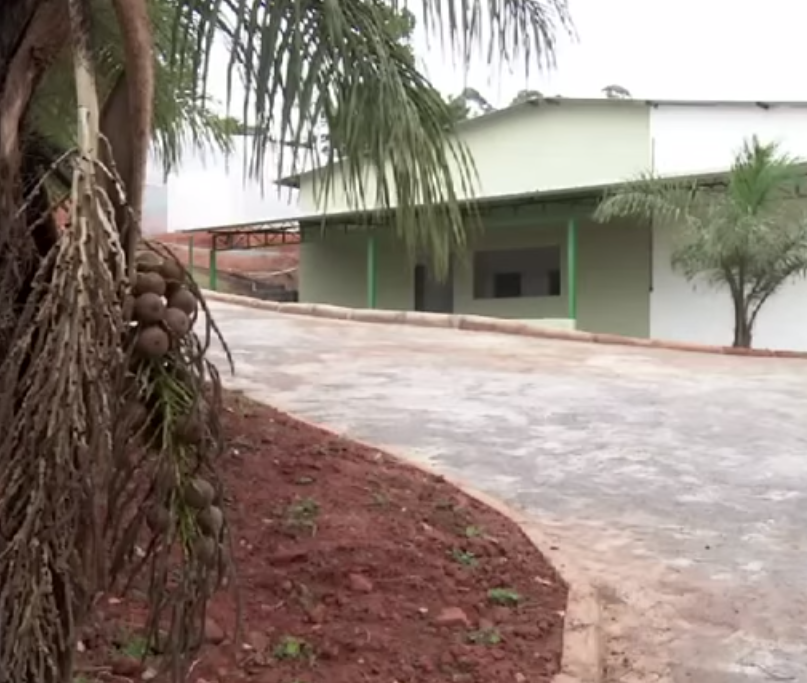Was brazilian soybean quality neglected by genetic improvement?
quinta-feira, julho 21, 2022
By increasing soybean yield, have protein and oil content been reduced? The discussion came to the fore because of the demands that China is making in relation to the product it imports.
The Asian country orders soy with 40% to 43% protein and 20% to 24% oil. Currently, Brazilian oilseed has, on average, 36.9% of the first substance, while being able to meet the second attribute with more "clearance".
For the president of the National Commission of Cereals, Fibers and Oilseeds of CNA, Ricardo Arioli, and the licensed president of Aprosoja Brazil, Antônio Galvan, the breeding programs focused on offering high productive ceilings, but did not have the same concern about grain quality.
Is that right?
To clarify the issue, the Soja Brasil Project interviewed two scholars on the subject. André Ricardo Gomes Bezerra, researcher in the Soybean Phytotechnics sector of the MS Foundation, for example, points out that it cannot be affirmed that in the search for more productive cultivars, the seed protein content has been neglected.
For him, what happens is the presence of negative genetic correlation between the two characteristics, as well as between oil and protein content, that is, the increase of one of these properties can result in reduction of the other.
"However, it is possible to select more productive cultivars with the maintenance of adequate levels of protein in the seed, provided that this characteristic is taken into account during the selection of new cultivars," he explains.
As it was in the past...
The professor of agronomy at the Federal University of Viçosa (UFV), Aluízio Borem, points out that about 30, 40 years ago, most varieties, when grown in Brazil, produced up to 45% protein and, at the same time, up to 24% of oil.
"But the producer began to demand increasingly productive varieties because no one paid for soybeans based on oil and protein content. When selling, if there was soy with more oil, no one would get an award for it. Thus, the best players, over the decades, have increased productivity and, with this, the levels of oil and protein decreased", he explains.
According to him, the problem is not restricted to Brazil.
"In the United States the situation got worse because Brazilian soybeans, because of the tropical climate, tend to have a higher oil and protein content. Today it is common for North American soybeans, especially in the northernmost states of that country, to have 18%, 19% of oil, which is very low."
Lack of market incentive
Bezerra, of the MS Foundation, agrees with Borem, of UFV, pointing out that the issue is based on the lack of remuneration to the producer for the protein or oil content of soybeans, as already occurs in the United States. "In this way, breeding programs do not invest in the development of a product that the market is not yet willing to 'pay'," he says.
For the researcher, it is likely that, in the near future, from the payment to the producer for these attributes, the market has available soybean cultivars with high grain yield and oil and protein content inserted in the range demanded by the industry.
Borem adds the reasoning: "I see that the breeding companies are already working to rescue this oil and protein content. This is being done from genomic selection, with the use of biotechnology tools to correct and increase oil and protein a little without losing productivity," he says.
Environmental factors
Can drought or excess rainfall or nutrient deficiency, such as nitrogen in critical phases for soybean crop, also interfere with the amount of protein and oil the grain will have?
The researcher at the MS Foundation points out that soybeans typically have a higher oil content when it is grown in warmer environments.
"In some studies it was reported that the maximum oil concentration occurred between 25 and 28°C, decreasing when the temperature increased. Sowing season studies have shown that the oil content is lower when the seeds ripen at lower temperatures."
However, he emphasizes that temperature is not associated with protein content. "Although, some studies show that seeds produced at higher temperature conditions have proteins richer in methionine, which is desirable when soy is intended for human consumption," he says.
Thus, Bezerra recalls that studies conducted in a controlled environment showed that the protein concentration was constant or decreased slightly when the temperature increased from 15 to between 25°C and 28 °C.
Demand for soybean nitrogen
Due to the high concentration of protein in the grain, soybean presents a great demand for nitrogen. To demonstrate this issue, the researcher of the MS Foundation exemplifies that a crop with productivity of 3,500 kg/ha of soybean with protein content of 40% requires approximately 224 kg/ha of N just to satisfy the need for grain formation.
"Because of this demand, much of the nitrogen is remobilized from leaves, pods, branches, and other parts of the plant. 50 to 60% of the n demand of the crop is met by biological nitrogen fixation (BNF). These values can range from 25 to 50% in soils rich in mineral N to 80 to 94% in soils poor in mineral N".
However, some studies indicate that in well-maintained soils, 70% to 85% of n's demand for soybean crop is met by the FBN. "In this way, long periods of drought or excess rainfall can reduce BNF and therefore decrease the supply of N to plants with impacts on grain production and protein content in the grain," Bezerra said.
Management interferes with quality
The decisions that the producer makes before and during the harvest, such as choice of certified seeds, soil analysis, crop rotation, no-tillage, sowing in the ideal window and other techniques can influence the amount of protein and oil of the grain.
The researcher of the MS Foundation points out that even if the producer has chosen the appropriate cultivar for his region and environment of cultivation, considering the productive potential and composition of the grains, it is necessary to adopt good agricultural practices to enable the cultivar to express its full genetic potential.
According to him, these good practices include:
- Acquisition of certified seeds (of proven quality);
- Balanced fertilization, respecting soil deficiencies and expectation of crop production;
- Maintenance of the no-tillage system to provide more adequate conditions to the BNF;
- Lower thermal amplitude and greater water conservation in the soil;
- Sowing within the time indicated for the region;
- Protection of weed, pest and disease crops throughout the cycle.
With these practices, the crop develops under adequate conditions of light, temperature and humidity.
Embrapa Soybean Position
Sought by the report to comment on the Chinese demands of protein and soybean oil contents, as well as on the negative correlation between the two attributes with increased productivity, Embrapa did not want to manifest itself.
Through the press office, the entity replied that it intends to prepare a technical note of positioning, still no date for publication.
Source: Canal Rural





















0 comentários
Agradecemos seu comentário! Volte sempre :)